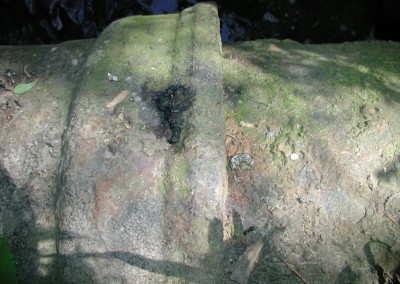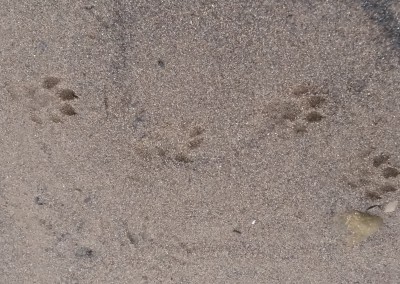Survey
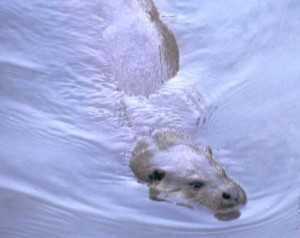
Otters are large riparian mammals that are members of the mustelid family which also includes badgers. For thousands of years otters were killed for sport and their pelts. Hunting for otters has been banned in the UK since 1981.
Individual otters have large territories based on rivers, streams and still water bodies like lakes and ponds, as well as the coastline. They mainly eat fish, but will also take crustaceans and young birds.
The over use of pesticides such as DDT in the 1950s and 60s contributed to the decline of otters and nearly lead to extinction in the UK. However, the population is recovering.
Otters are protected by UK and European legislation
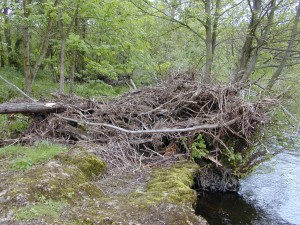
Surveys can be implemented at any time of the year when water levels are appropriate. The survey area is searched for field signs including spraints, footprints and feeding remains, as well as holts and laying up places.
Legislation
Otters are listed under two schedules of the Wildlife and Countryside Act 1981 (as amended). Schedule 5 makes it an offence to intentionally or recklessly kill, injure, take or sell the animal, or parts thereof, or to damage, destroy or obstruct access to its resting places. Schedule 6 of the Act restricts certain methods of killing, taking or injuring.
The otter is listed in Appendix 1 of the Convention on International Trade in 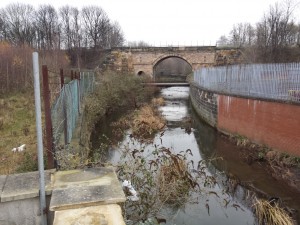 Endangered Species (CITES), Annex II of the Bern Convention and Annexes II and IV of the EC Habitats Directive (EC/92/43). It is also classified by the International Union for the Conservation of Nature (IUCN) as “vulnerable” due to the declining or endangered status of many of its populations.
Endangered Species (CITES), Annex II of the Bern Convention and Annexes II and IV of the EC Habitats Directive (EC/92/43). It is also classified by the International Union for the Conservation of Nature (IUCN) as “vulnerable” due to the declining or endangered status of many of its populations.
Licences are required for checking holts and for carrying out work that may disturb otters, such as the management of trees that are known to be used as resting sites.
Otters are also listed as a Species of Principal Importance under the NERC Act 2006.
Click here to read more about otters and the law

